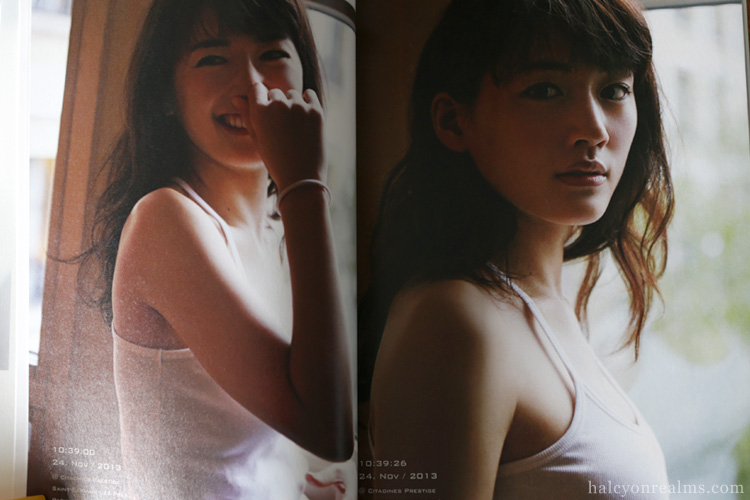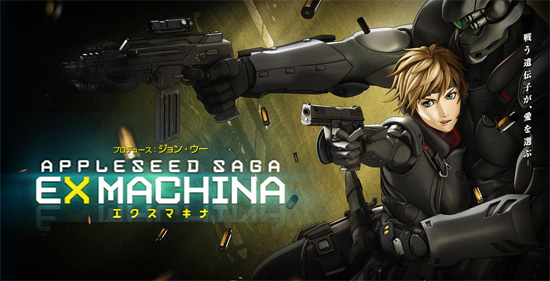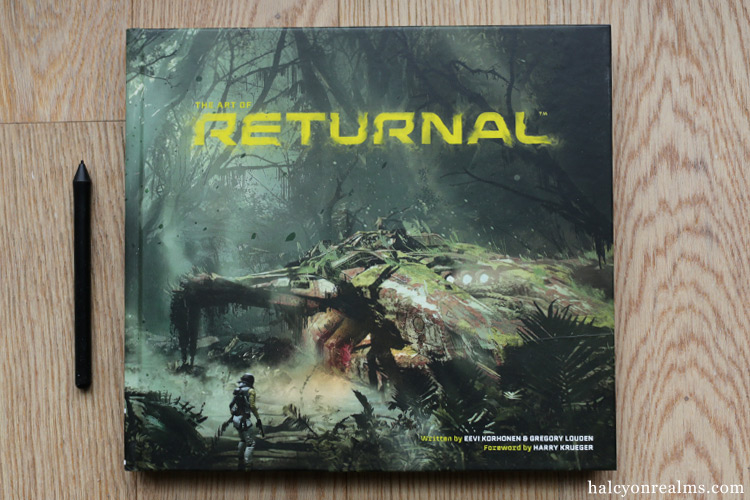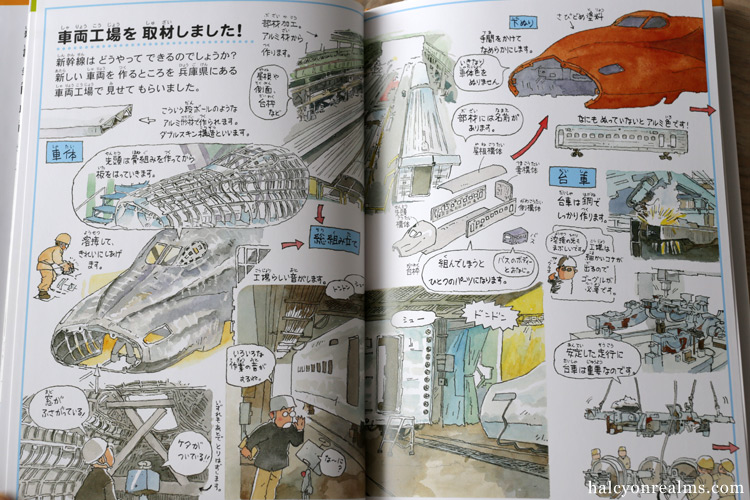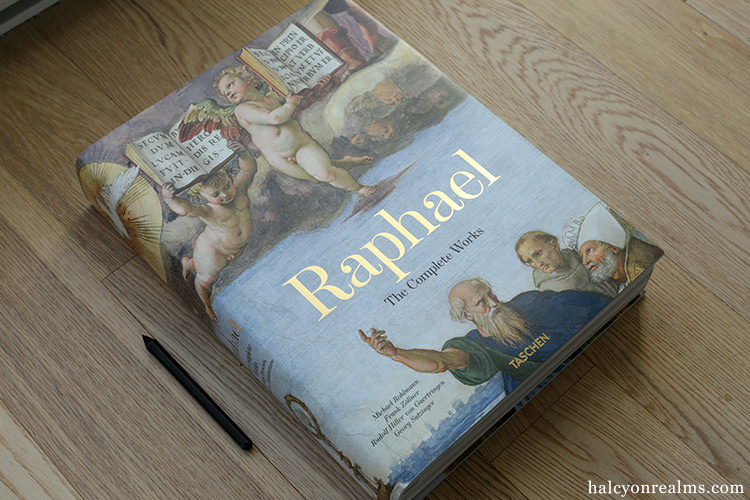Tsukiji Fish Market, located near Ginza in Toyko, is the largest of it kind in the world, trading about 90% of all the fish products consumed in Tokyo. Shige, my landlord’s good friend, offered to take us there after a casual conversation once about me wanting to go take a look. We set off this morning at 3.30am ( most of the interesting action happening at Tsukiji are during the auction hours, where bids are made for the ridiculously sized tunas ( Maguro ), around 430-530 am ). The market grounds span huge warehouse like buildings, for display of auction items and after sold, they are moved to another area where restaurant chefs and other regular buyers make their pick.

As we made our way through the auction markets the widest gamut of sea food products laid before us, one more bizzare than the other. Shige points to me some huge chunks of red bloody meat in a big foam box, whispering “whale-ru“, and I felt my heart sink. We ended up spending most of our time at the tuna auction areas, seeing these uncanny, gigantic sized fishes been traded, each weighing up to a ton and priced a couple million yen. As daylight drew and the shouts sizzled, we headed for a nearby eating place and had maguro-don for breakfast, fresh from the catch.











